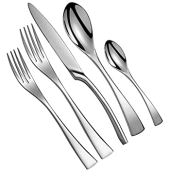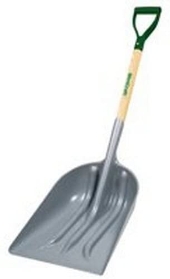This is a badge bit (BB) that is part of the
PEP curriculum. Completing this BB is part of getting the straw badge in
Metal Working.
For this BB, you will be making a small bowl, spoon or the like by "sinking" sheet metal!
Here is one way to do it:
The points range from 2-6 depending on complexity and size. You will have to make something amazing to get more than 4 points.
To document your completion of the BB, provide the photos or video (<2 min) of the following:
- The supplies you're starting with
- Partway through the build
- The finished small bowl or spoon











